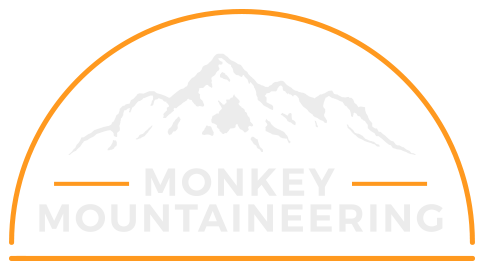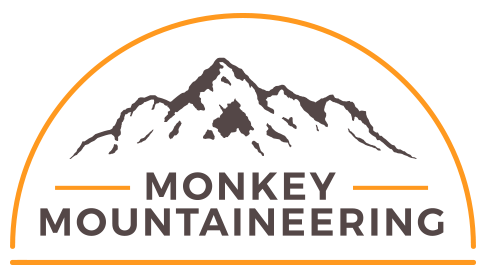The Mountains
Lobuche, which is also sometimes spelt ‘Lobuje’ sits high above the village named after it in the Khumbu not too far away from Everest Base Camp. It has two main summits, Lobuche East (6119m) and the higher Lobuche West (6145m). Most people climb to the summit of Lobuche East and then turn back as the ridge connecting the two summits is long, difficult, and deeply notched. It is thought that Lobuche West was first climbed 1955 but there are no recorded ascents of Lobuche East until 25 April 1984 when it was climbed by Laurence Nielson and Sherpa Ang Gyalzen
Island Peak, which is known locally as Imja Tse, is a 6160m mountain which sits on the ridge descending from the southern end of Lhotse Shar. When viewed from Dingboche it appears to be an island in a sea of ice, hence its name. It was first climbed in 1956 by Hans-Rudolf Von Gunten and two unnamed Sherpas who were part of a Swiss team that went on to make the second ascent of Everest and first ascent of Lhotse. The views from the summit of Imje Tse are unrivalled however, even though Mount Everest is only roughly 6 miles away, it cannot be seen due to the towering face of Lhotse rising up a further 2300m directly blocking the view to Everest.

